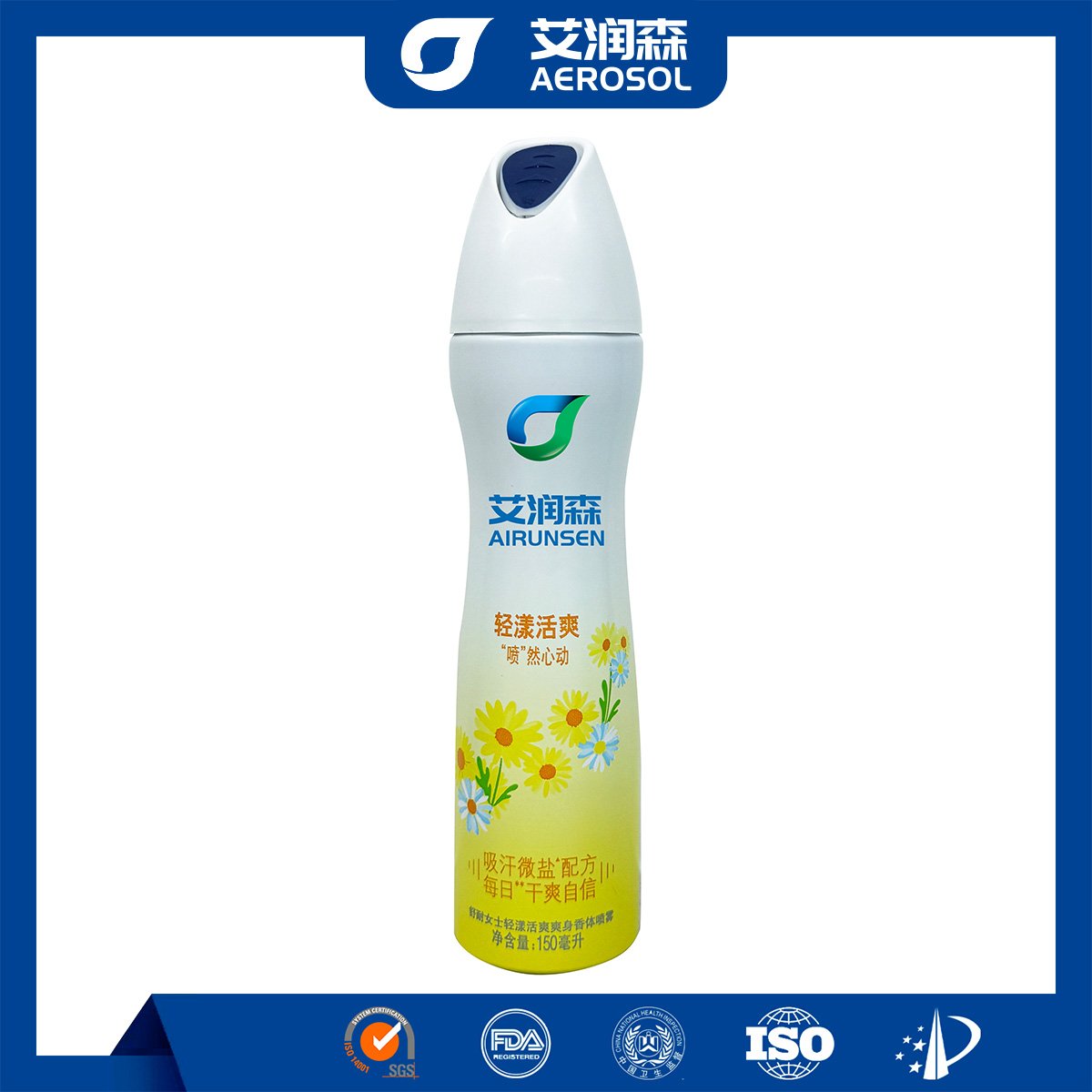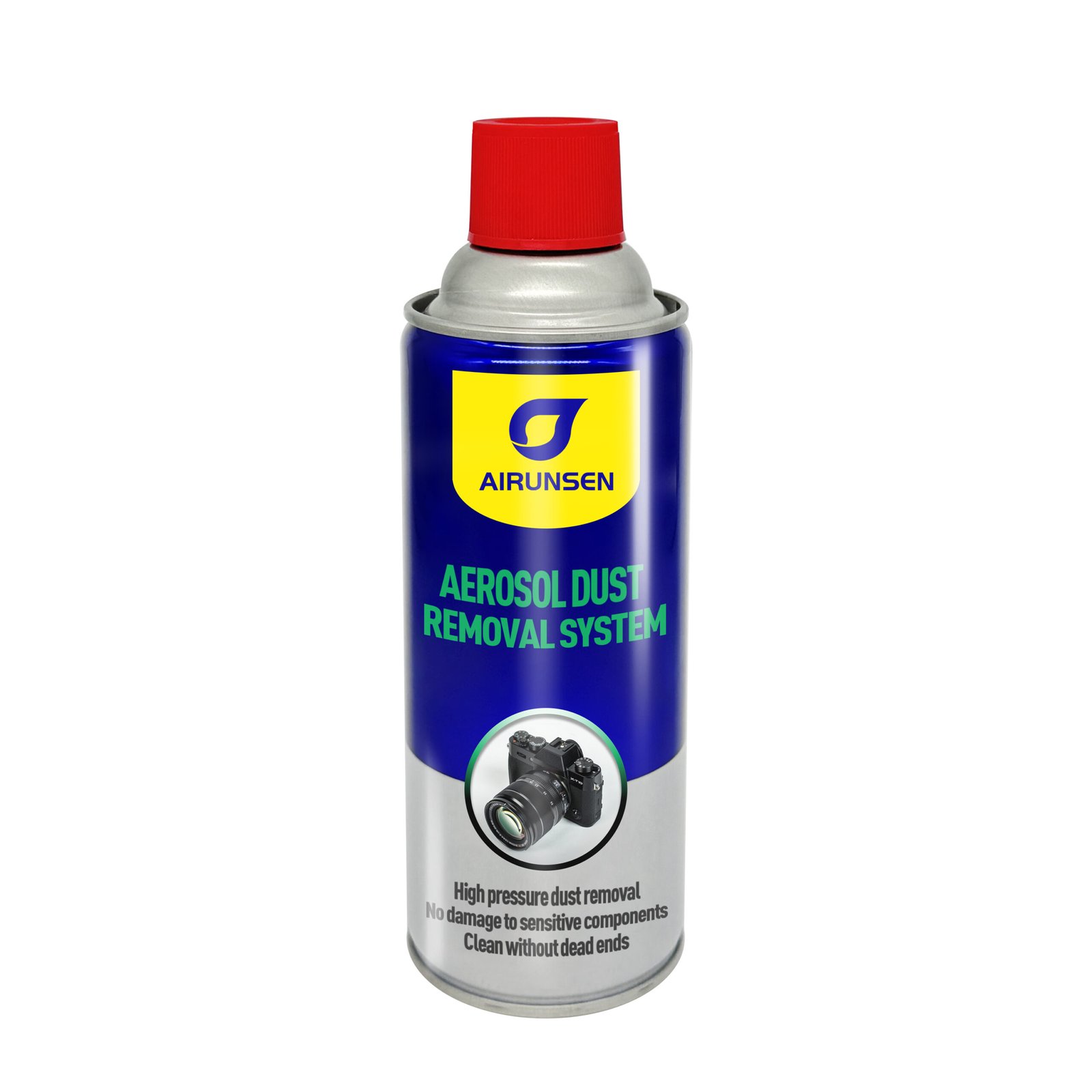- Components:
- Surfactants: These are key ingredients that lower the surface tension, enabling the agent to spread evenly and interact with dust. They help break down the adhesion between dust and surfaces, making it easier to remove.
- Polymers: Often included to form a thin, protective film on the treated surface. This film acts as a barrier, preventing new dust from settling and sticking firmly.
- Silicones: Added to enhance the smoothness of the coating. The slippery nature of silicones makes it difficult for dust to cling, ensuring surfaces stay cleaner for longer.
- Efficacy:
- Attracts and binds dust: It has the property to draw in dust particles and hold them together, stopping them from floating around and resettling.
- Long-lasting cleanliness: Once applied correctly, it can maintain the tidiness of surfaces for an extended time. For instance, in office equipment like printers and computers, it reduces the frequency of manual dusting.
- Protects surfaces: By keeping dust at bay, it also safeguards the underlying surfaces from potential scratches or damage that could be caused by abrasive dust.
- Advantages:
- Ease of use: Most dusting agents come in spray bottles or wipes, making the application process straightforward. Users can simply spray and wipe or just wipe the agent onto the desired area.
- Time and labor-saving: Compared to regular cleaning routines that involve frequent sweeping, vacuuming, or wiping, using a dusting agent cuts down the need for repeated cleaning, freeing up time and reducing labor requirements.
- Environmentally friendly: Many modern formulations are biodegradable and free from harmful chemicals. This means they pose little risk to the environment when disposed of or during use.
- Application Scenarios:
- Industrial facilities: In factories, workshops, and power plants, it’s used on machinery, production lines, and storage racks to prevent dust buildup that could interfere with operations or damage equipment.
- Residential areas: Applied to furniture, floors, window sills, and electronics at home to keep the living environment clean and hygienic. For example, it helps keep wooden furniture looking polished and free from a layer of grayish dust.
- Commercial spaces: In offices, hotels, and shopping malls, it’s used on display cases, countertops, and public furniture to present a clean and professional appearance.
- Specialized environments: Museums, art galleries, and archives use dusting agents to protect priceless artifacts, artworks, and historical documents from the harmful effects of dust. In automotive showrooms, it keeps cars looking spotless and showroom-ready.















